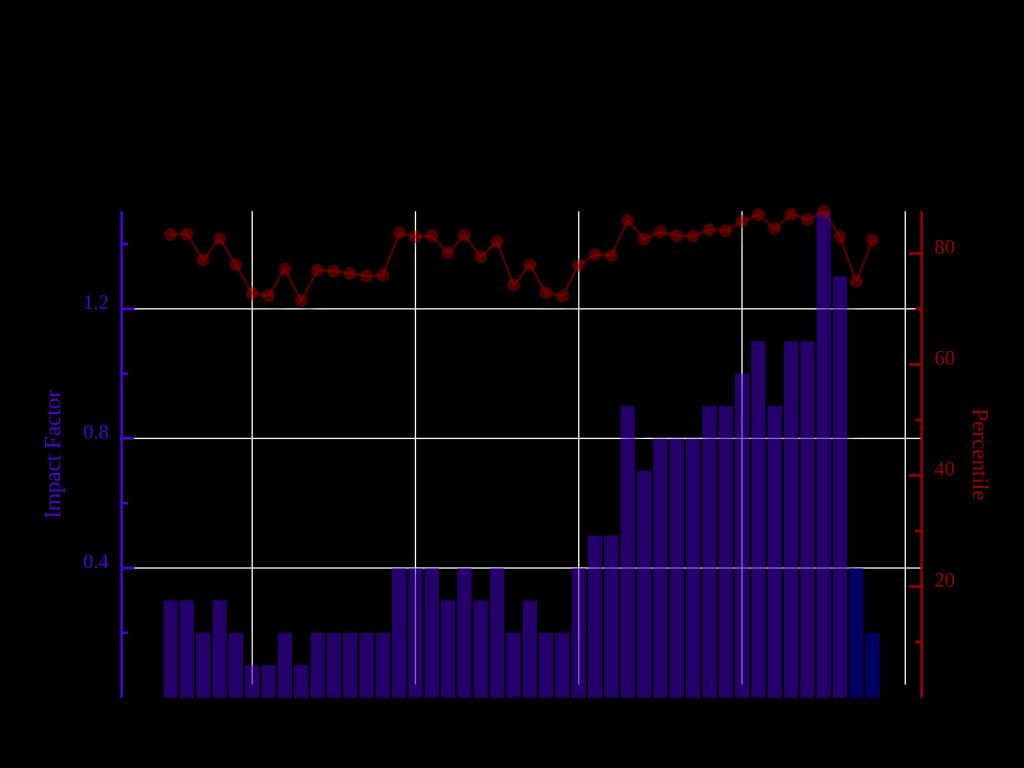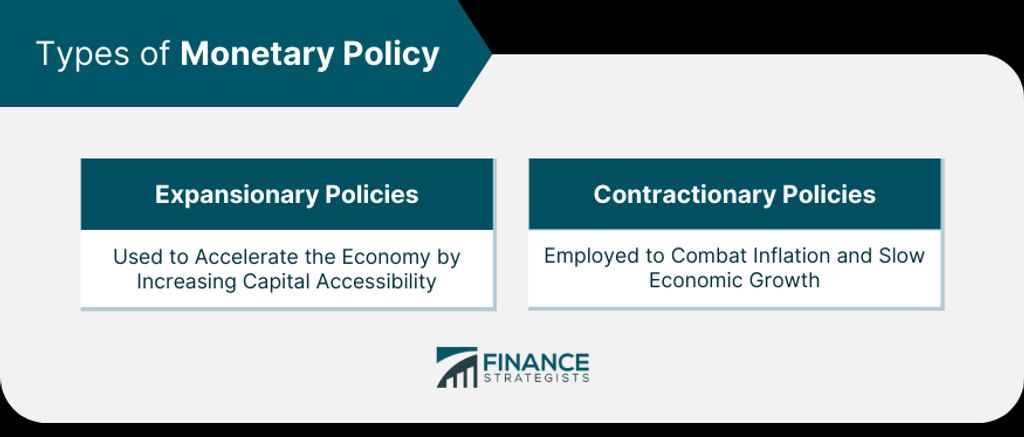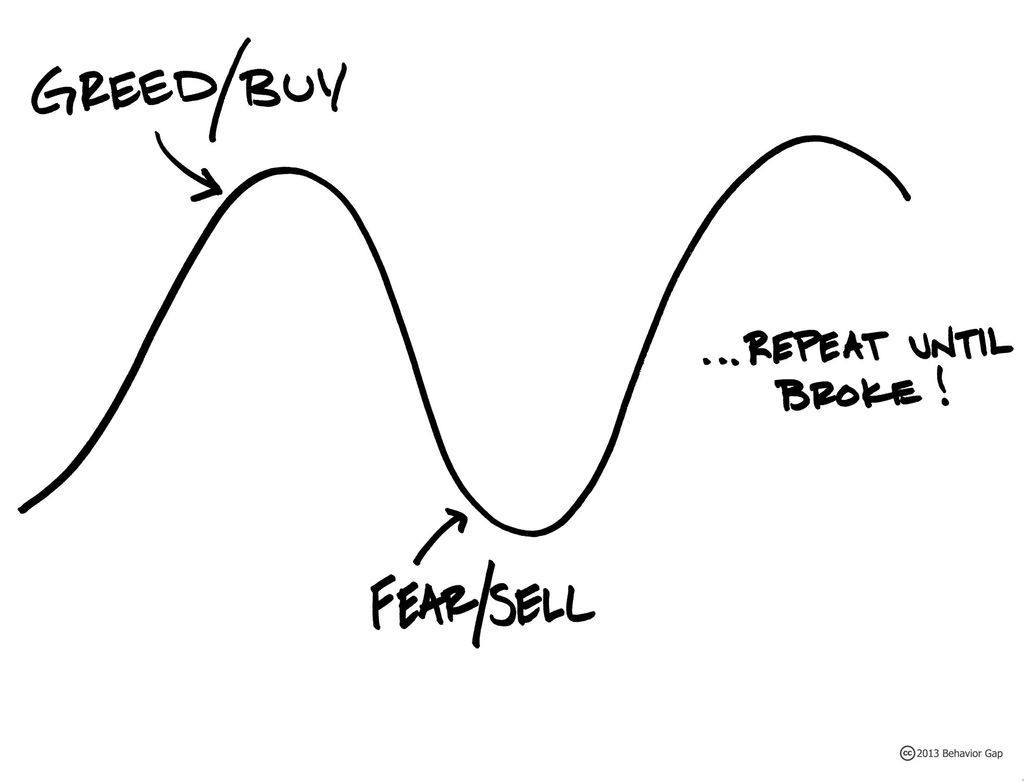Macroeconomics plays a crucial role in understanding the big picture in investing. By analyzing macroeconomic factors and trends, investors can make informed decisions and capitalize on market opportunities. This article explores the impact of macroeconomics on investments, key theories and strategies, government policies, and portfolio diversification. Here are the key takeaways:
Key Takeaways
- Understanding macroeconomic factors helps investors make informed investment decisions.
- Analyzing economic indicators provides insights into market trends and opportunities.
- Key macroeconomic theories are relevant in developing investment strategies.
- Applying macroeconomic analysis can help investors identify profitable investments.
- Government policies, such as fiscal and monetary policies, impact investments.
The Role of Macroeconomics in Investing

Understanding the Impact of Macroeconomic Factors on Investments
Macroeconomic factors play a crucial role in shaping investment decisions. Investors need to have a deep understanding of how these factors can impact the performance of their investments. One key factor to consider is confidence in an investment. When investors have confidence in an investment, they are more likely to allocate a larger portion of their portfolio to it. This can lead to increased demand for the investment, driving up its price. On the other hand, if investors lack confidence in an investment, they may choose to avoid it or allocate a smaller portion of their portfolio to it. This can result in decreased demand and a decline in the investment’s price.
Analyzing Economic Indicators for Investment Decisions
When it comes to making investment decisions, understanding the big picture is crucial. It’s not just about analyzing individual stocks or sectors, but also about comprehending the broader macroeconomic factors that can impact your investments. By understanding the interplay between economic indicators and investment performance, you can make more informed decisions and potentially maximize your returns.
One way to analyze economic indicators is by looking at key metrics such as GDP growth, inflation rates, and unemployment rates. These indicators provide valuable insights into the overall health of the economy and can help you identify trends and potential investment opportunities.
Another important aspect of analyzing economic indicators is understanding their relationship with specific asset classes. For example, interest rates have a significant impact on bond prices, while commodity prices can be influenced by factors such as supply and demand dynamics. By keeping an eye on these indicators, you can better assess the potential risks and rewards associated with different investment options.
It’s also essential to consider the global economic landscape when analyzing economic indicators. In today’s interconnected world, events in one country can have ripple effects across the globe. For instance, changes in trade policies or geopolitical tensions can impact international markets and affect your investment portfolio.
In summary, analyzing economic indicators is a crucial step in making informed investment decisions. By understanding the big picture and considering the broader macroeconomic factors, you can navigate the investment landscape with more confidence and potentially achieve better outcomes.
Macroeconomic Theories and Investment Strategies

Key Macroeconomic Theories and Their Relevance to Investing
Understanding macroeconomic theories is crucial for successful investing. Macroeconomics examines the overall performance and behavior of the economy, including factors such as economic growth, inflation, and unemployment. By understanding these theories, investors can make informed decisions and navigate the complexities of the financial markets.
One important aspect of macroeconomic theories is the impact of economic and fiscal policy. Economic policy refers to the actions taken by the government to influence the economy, such as fiscal policy and monetary policy. Fiscal policy involves government spending and taxation, while monetary policy focuses on controlling the money supply and interest rates.
The effectiveness of economic and fiscal policy can have significant implications for investors. Changes in government spending or taxation can affect consumer spending, business investment, and overall economic growth. Similarly, changes in monetary policy can impact interest rates, borrowing costs, and the availability of credit. Investors need to stay informed about these policies and their potential impact on their investment portfolios.
To assess the impact of economic and fiscal policy, investors can analyze economic indicators such as GDP growth, inflation rates, and employment data. These indicators provide insights into the health of the economy and can help investors identify trends and opportunities. By monitoring these indicators and understanding their relationship with economic and fiscal policy, investors can make more informed investment decisions.
In summary, understanding the impact of economic and fiscal policy is essential for investors. By staying informed about macroeconomic theories and analyzing economic indicators, investors can navigate the complexities of the financial markets and make informed investment decisions.
Applying Macroeconomic Analysis to Develop Investment Strategies
When it comes to developing investment strategies, macroeconomic analysis plays a crucial role. By examining the broader economic factors that influence markets, investors can gain valuable insights into potential opportunities and risks. This analysis involves studying indicators such as GDP growth, inflation rates, interest rates, and employment data to understand the overall health of the economy and its impact on investments.
One important aspect of macroeconomic analysis is understanding the business cycle. The business cycle refers to the fluctuations in economic activity, including periods of expansion and contraction. By identifying where the economy is in the cycle, investors can adjust their strategies accordingly. For example, during an economic expansion, investors may focus on growth-oriented investments, while during a contraction, they may shift towards more defensive assets.
Another key consideration in macroeconomic analysis is the impact of government policies. Fiscal and monetary policies implemented by governments can have a significant influence on the economy and, consequently, on investments. For instance, changes in tax rates, government spending, or interest rates can affect consumer spending, business investment, and overall market conditions.
It’s important for investors to stay informed about the latest macroeconomic trends and developments. By keeping an eye on indicators and trends such as global trade, technological advancements, and demographic shifts, investors can identify potential opportunities and adjust their strategies accordingly. Additionally, staying updated on geopolitical events and their potential impact on the economy is crucial for making informed investment decisions.
In conclusion, applying macroeconomic analysis to develop investment strategies is essential for investors looking to navigate the complex world of finance. By understanding the broader economic factors, considering government policies, and staying informed about macroeconomic trends, investors can make more informed decisions and increase their chances of success in the market.
Macroeconomic Trends and Market Opportunities

Identifying Macroeconomic Trends for Profitable Investments
Identifying macroeconomic trends is crucial for making profitable investments. By analyzing economic indicators and market data, investors can gain insights into the direction of the economy and potential investment opportunities. One important macroeconomic trend to consider is the impact of stock prices on investment decisions. Fluctuations in stock prices can indicate market sentiment and investor confidence, which can in turn affect the performance of various investment assets. Understanding the relationship between macroeconomic trends and stock prices can help investors make informed decisions and capitalize on market opportunities.
Capitalizing on Market Opportunities Driven by Macroeconomic Factors
When it comes to investing, understanding and capitalizing on market opportunities driven by macroeconomic factors is crucial. These factors, such as economic output, can have a significant impact on investment returns. By analyzing and staying informed about macroeconomic trends, investors can identify profitable opportunities and make informed investment decisions.
One key macroeconomic factor to consider is economic output. Economic output refers to the total value of goods and services produced in an economy over a specific period of time. It is an important indicator of the overall health and growth potential of an economy. By monitoring economic output, investors can gain insights into the performance of different sectors and industries, and identify potential investment opportunities.
To effectively capitalize on market opportunities driven by macroeconomic factors, investors should also consider other indicators such as inflation rates, interest rates, and employment data. These indicators provide valuable insights into the current and future state of the economy, and can help investors make strategic investment decisions.
In addition to analyzing macroeconomic indicators, investors should also stay informed about government policies and interventions. Fiscal and monetary policies implemented by governments can have a significant impact on the economy and investment markets. By understanding the impact of these policies, investors can adjust their investment strategies accordingly and take advantage of potential opportunities.
In conclusion, capitalizing on market opportunities driven by macroeconomic factors requires a deep understanding of economic indicators, trends, and government policies. By staying informed and analyzing these factors, investors can make informed investment decisions and potentially achieve higher returns.
The Role of Government Policies in Macroeconomics and Investing

Understanding the Impact of Fiscal and Monetary Policies on Investments
Fiscal and monetary policies play a crucial role in shaping the investment landscape. These policies, implemented by governments and central banks, have a direct impact on the overall economy and, consequently, on investment opportunities. Today’s environment requires investors to closely monitor and analyze the effects of fiscal and monetary policies to make informed investment decisions.
One important aspect to consider is the fiscal policy, which involves government spending and taxation. Changes in government spending can stimulate or dampen economic growth, affecting various sectors and industries. Taxation policies, on the other hand, can influence consumer spending and business investments.
Monetary policy, controlled by central banks, focuses on managing interest rates and the money supply. Lower interest rates can encourage borrowing and investment, while higher rates can discourage spending and borrowing. The money supply, which refers to the amount of money in circulation, also affects inflation and economic stability.
In today’s environment, where global economies are facing unprecedented challenges, fiscal and monetary policies are being closely scrutinized. Investors need to stay updated on policy changes and their potential impact on investments. By understanding the intricacies of these policies, investors can navigate the investment landscape more effectively and capitalize on opportunities.
Evaluating the Effectiveness of Government Interventions in the Economy
When it comes to evaluating the effectiveness of government interventions in the economy, it is crucial to consider the impact of various policies and measures. Government interventions can range from fiscal policies such as tax cuts or increased government spending to monetary policies like adjusting interest rates or implementing quantitative easing.
One key aspect to evaluate is the effectiveness of these interventions in achieving their intended goals. Are the policies actually stimulating economic growth, reducing unemployment, or controlling inflation? It is important to analyze the quantitative data and assess whether the desired outcomes are being achieved.
Additionally, it is essential to consider the long-term effects of government interventions. While some policies may have immediate positive impacts, it is important to assess their sustainability and potential side effects. For example, certain interventions may lead to increased government debt or create market distortions.
To evaluate the effectiveness of government interventions, it is also crucial to consider the context in which they are implemented. Macroeconomic factors such as the state of the economy, global economic conditions, and the specific challenges faced by a country can all influence the outcomes of government interventions.
In conclusion, evaluating the effectiveness of government interventions requires a comprehensive analysis of the policies, their impact on the economy, and the long-term implications. By considering both the quantitative data and the broader macroeconomic context, investors can make informed decisions and navigate the ever-changing landscape of the economy.
Macroeconomic Risks and Portfolio Diversification

Managing Macroeconomic Risks through Diversification
Diversification is a crucial strategy for investors to mitigate macroeconomic risks and protect their portfolios. By spreading investments across different asset classes, sectors, and geographic regions, investors can reduce their exposure to specific economic factors and minimize the impact of any adverse events. Gauging the health of the overall economy is essential for determining the appropriate level of diversification. It allows investors to assess the potential risks and opportunities in different sectors and make informed decisions about asset allocation.
To gauge the health of the economy, investors can analyze a range of macroeconomic indicators. These indicators provide insights into the overall economic performance, such as GDP growth, inflation rates, employment levels, and consumer spending. By monitoring these indicators, investors can identify trends and anticipate potential shifts in the economic landscape.
Implementing a diversified portfolio involves allocating investments across various asset classes, including stocks, bonds, real estate, and commodities. This diversification helps to reduce the impact of any negative events that may affect a specific asset class or sector. By spreading investments, investors can potentially benefit from the performance of different assets and minimize the risk of significant losses.
In addition to diversification, investors should also consider the correlation between different assets. Correlation measures the relationship between the price movements of two or more assets. By including assets with low or negative correlation in a portfolio, investors can further reduce the overall risk. For example, during periods of economic downturn, bonds tend to perform well as investors seek safer investments, while stocks may experience declines. By including both stocks and bonds in a portfolio, investors can potentially benefit from the diversification effect and reduce the impact of market volatility.
Key Takeaways:
- Diversification is essential for managing macroeconomic risks in investing.
- Gauging the health of the overall economy is crucial for determining the appropriate level of diversification.
- Analyzing macroeconomic indicators provides insights into economic performance.
- Implementing a diversified portfolio involves allocating investments across various asset classes.
- Considering the correlation between different assets can further reduce overall risk.
Remember, diversification is not a guarantee against losses, but it can help investors navigate the ups and downs of the market and potentially improve long-term returns.
Building a Resilient Investment Portfolio in a Volatile Macroeconomic Environment
In a volatile macroeconomic environment, it is crucial to adopt a macro perspective when building an investment portfolio. By taking into account the broader economic factors that influence the market, investors can make more informed decisions and mitigate risks. Here are some key considerations for building a resilient portfolio:
-
Diversification: Spreading investments across different asset classes and sectors can help reduce the impact of macroeconomic fluctuations. It allows investors to capture opportunities in various market conditions.
-
Risk Management: Understanding the potential risks associated with macroeconomic factors is essential. By monitoring indicators such as inflation rates, interest rates, and GDP growth, investors can adjust their portfolio allocations accordingly.
-
Long-Term Focus: Taking a long-term perspective can help investors ride out short-term market volatility. By focusing on the underlying fundamentals of investments and their potential for growth, investors can avoid making impulsive decisions based on short-term fluctuations.
-
Flexibility: Being adaptable to changing macroeconomic conditions is crucial. Investors should regularly review and adjust their portfolio strategies based on new information and market trends.
-
Research and Analysis: Staying informed about macroeconomic trends and developments is key. Conducting thorough research and analysis can provide valuable insights into potential investment opportunities and risks.
Remember, building a resilient investment portfolio requires a comprehensive understanding of macroeconomic factors and their impact on the market. By adopting a macro perspective and implementing sound strategies, investors can navigate the challenges of a volatile macroeconomic environment.
Conclusion
In conclusion, understanding macroeconomics is crucial for investors looking to navigate the complex world of finance. By grasping the big picture of how the economy functions, investors can make more informed decisions and mitigate risks. Macroeconomics provides insights into factors such as inflation, unemployment, and interest rates, which directly impact investment opportunities. It is important to stay updated on economic indicators and trends, as they can signal potential market shifts. So, whether you are a seasoned investor or just starting out, taking the time to understand macroeconomics will undoubtedly enhance your investment strategy and increase your chances of success.


